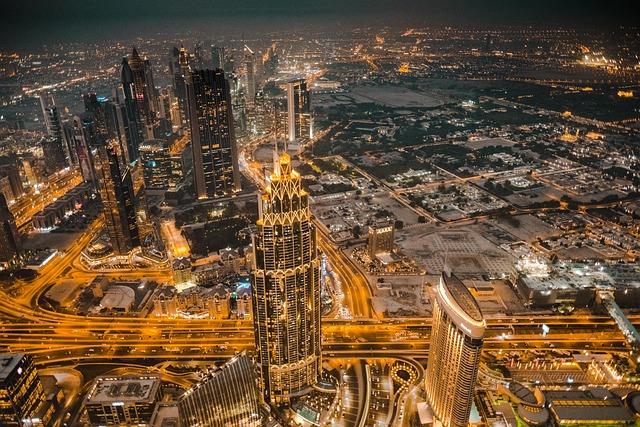Karachi's air quality, gauged by the Air Quality Index (AQI), faces severe challenges from industrial activities, traffic emissions, and geographical traps. The AQI visually communicates pollution severity, from 'Good' to 'Hazardous', impacting health with elevated PM2.5, PM10, NOx, SO2, and O3 levels. Strategies for improvement include enhancing public transport, green spaces, stricter industrial regulations, energy-efficient practices, and public awareness.
Karachi, Pakistan’s bustling metropolis, faces a significant challenge: air pollution. This article delves into the intricate web of factors impacting the city’s air quality, particularly in the Civil Lines area. We explore the Air Quality Index (AQI) as a crucial metric, providing insights into the environmental health of Karachi. By understanding the causes, from industrial emissions to vehicular congestion, we can uncover strategies to mitigate the effects on residents’ well-being. Join us as we navigate through these pressing issues and potential solutions for a healthier Karachi.
- Understanding Air Quality Index in Karachi
- Factors Affecting Air Quality in Civil Lines
- Health Implications for Karachi Residents
- Strategies to Improve Air Quality in Karachi
Understanding Air Quality Index in Karachi
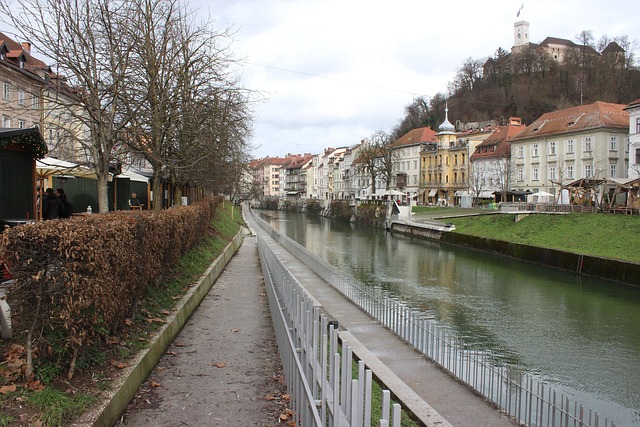
The Air Quality Index (AQI) is a crucial metric for understanding and communicating air pollution levels in any city, and Karachi is no exception. In the bustling metropolis of Karachi, with its dense population and diverse industrial activities, monitoring air quality is essential for public health and environmental awareness. The AQI provides a standardized way to categorize and convey the severity of air pollution, enabling residents and authorities to take appropriate actions.
In Karachi, various factors contribute to air pollution, including vehicle emissions, industrial discharges, construction activities, and seasonal shifts. These factors can lead to elevated levels of pollutants like particulate matter (PM2.5 and PM10), nitrogen oxides (NOx), sulfur dioxide (SO2), and ozone (O3). The AQI scale categorizes these levels into different color-coded bands, ranging from ‘Good’ to ‘Hazardous,’ allowing residents to quickly grasp the current air quality. By staying informed about the AQI in Karachi, citizens can make conscious choices to reduce their exposure to polluted air and take proactive measures to protect their health.
Factors Affecting Air Quality in Civil Lines
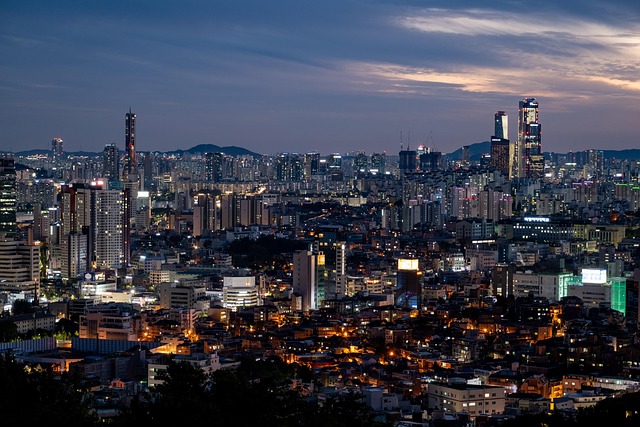
The air quality in Civil Lines, Karachi, is influenced by a multitude of factors, both natural and human-made. One of the primary contributors to poor air quality is vehicle emissions, given the high density of traffic in this urban area. The constant churn of vehicles, from cars to trucks, releases pollutants like nitrogen oxides, carbon monoxide, and particulate matter, which significantly impact the overall air quality.
Additionally, industrial activities play a significant role. Many factories in and around Karachi emit harmful chemicals, contributing to smog and other respiratory issues. Weather patterns also come into play; during certain seasons or weather conditions, such as inversions, pollutants become trapped near the ground, leading to a buildup of harmful substances. In terms of geography, the location of Civil Lines within Karachi’s urban sprawl means that wind patterns often carry pollutants from neighboring areas, exacerbating the issue for residents.
Health Implications for Karachi Residents
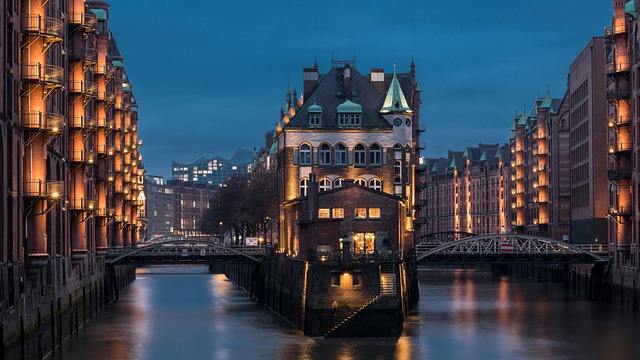
Karachi, as Pakistan’s largest city, faces significant challenges regarding air quality, which directly impacts its residents’ health. The Air Quality Index (AQI) plays a crucial role in understanding and communicating the severity of air pollution. When the AQI levels in Karachi surge, so do the potential health implications for its citizens. Fine particulate matter, such as PM2.5 and PM10, is a major contributor to these issues. Inhaling these tiny particles can lead to various respiratory problems, including asthma, chronic obstructive pulmonary disease (COPD), and even cardiovascular diseases.
The dense urban landscape of Karachi, coupled with industrial activities and heavy traffic congestion, creates a complex environment where air pollutants accumulate. As a result, many days in the year, Karachi’s AQI falls within the ‘unhealthy’ to ‘hazardous’ ranges. This poses particular risks to vulnerable populations, including children, the elderly, and individuals with pre-existing health conditions. It is essential for residents to stay informed about the local AQI, take necessary precautions, and advocate for sustainable practices to mitigate air pollution in Karachi.
Strategies to Improve Air Quality in Karachi
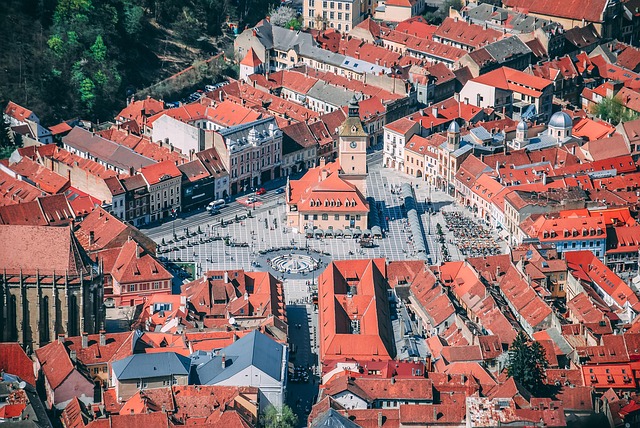
Karachi, as Pakistan’s economic powerhouse, faces significant air pollution challenges. To improve air quality in the city, several strategies can be implemented. First, enhancing public transportation infrastructure is crucial. Encouraging the use of electric vehicles and improving bus services can reduce traffic congestion and emissions. Additionally, promoting green spaces and urban forests can act as natural filters, absorbing pollutants.
Implementing stricter industrial regulations and monitoring is essential. Factories should adopt cleaner production technologies and adhere to emission standards. Moreover, raising public awareness about energy-efficient practices at home and in businesses can make a substantial difference. Simple actions like using LED lights, optimizing heating and cooling systems, and promoting responsible waste management can collectively contribute to a healthier Karachi.
The air quality index (AQI) in Karachi, as discussed, highlights the urgent need for action to combat the city’s hazardous air pollution. By understanding the key factors impacting air quality, such as vehicle emissions and industrial activities, we can implement effective strategies to improve Karachi’s environment. Focusing on sustainable transportation, stricter industrial regulations, and public awareness campaigns will not only enhance the health and well-being of residents but also contribute to a cleaner and more vibrant future for this bustling metropolis.
